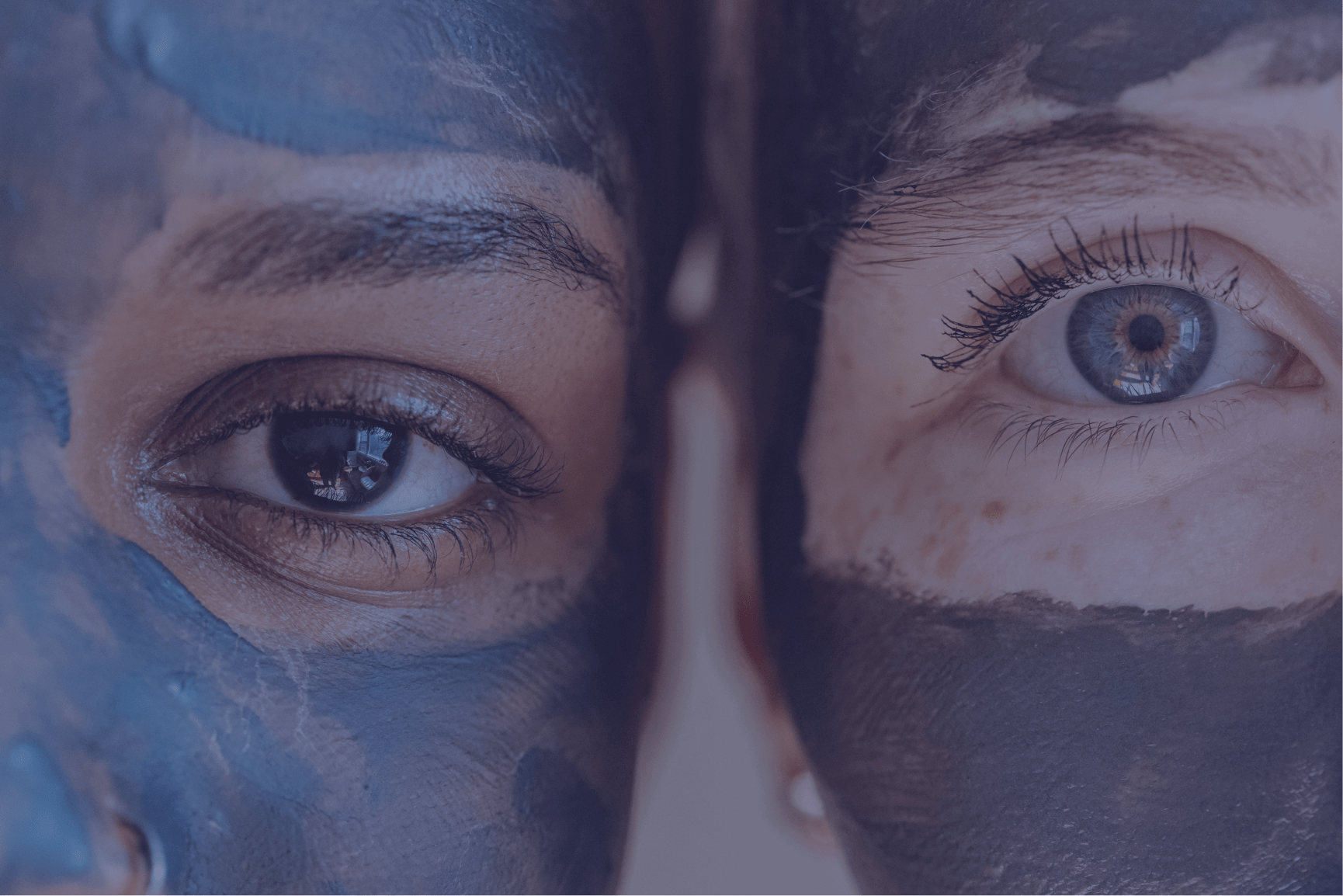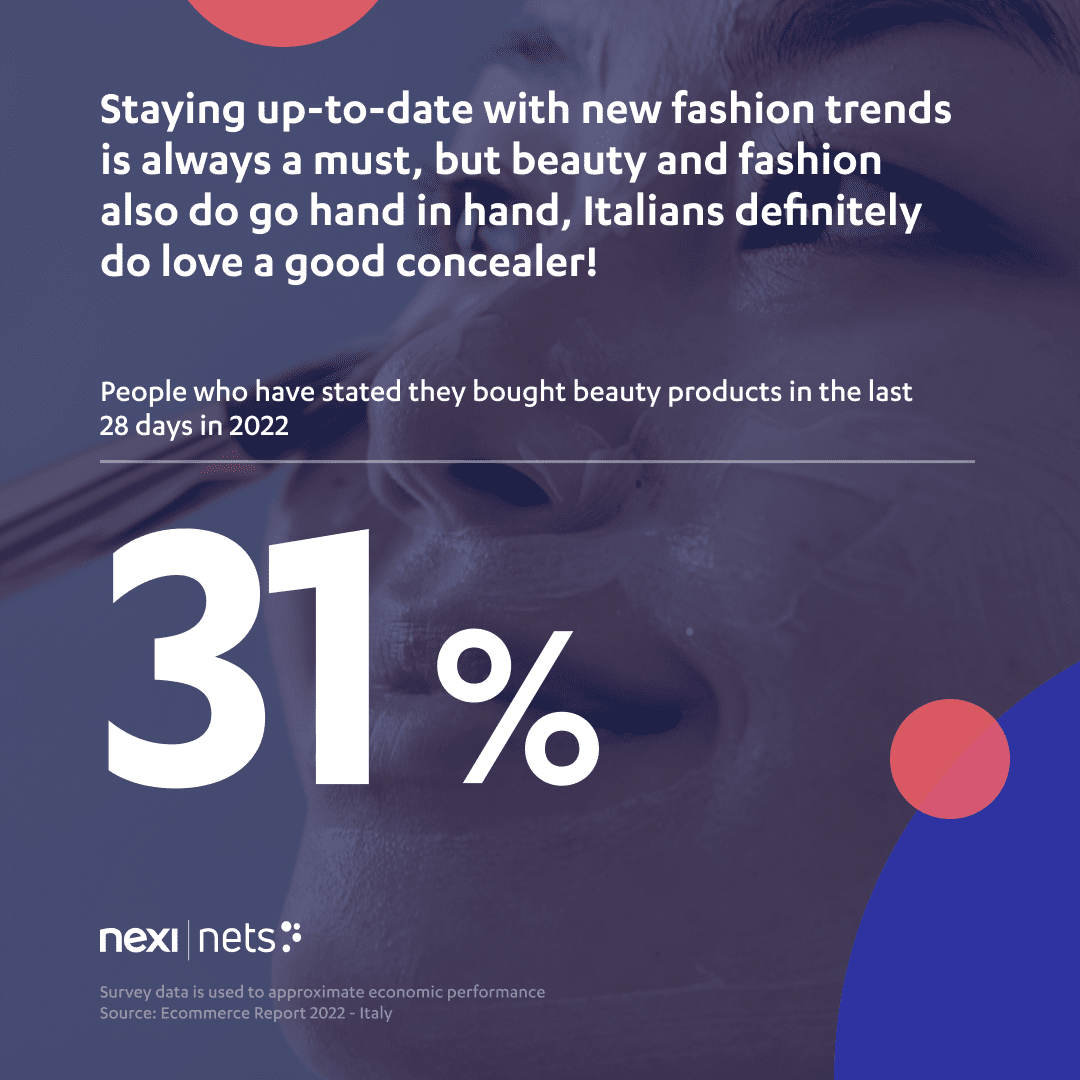1. Social is the Way to Go
Social media, in general, has affected all facets of both our daily lives and the business world, with the beauty industry thriving in its visually-oriented landscape.
The introduction of shoppable content online allows for beauty products to be purchased directly from the same social media or live stream page where they were discovered, creating a seamless experience for the consumer.
However, it’s important to note that consumers have to trust the brand, which means the reliability of both the product and the retailer. Positive impressions and word-of-mouth are key. If the consumers are happy with a beauty product, they will recommend it themselves, both offline and online – not everyone may have the reach of an influencer, but positive reviews and ratings are sure to increase conversion.
Social widens the scope: even almost-forgotten brands can make a comeback if featured on anything from Instagram to TikTok. There is room there for new angles, as shown by TikTok which has been entering partnerships as a platform with various brands, such as the recent one with L’Oreal where the brand’s curated gift boxes can be purchased directly from the app’s marketplace.
2. Augmented Reality (AR)
A significant challenge the beauty industry has had to overcome was the fact that consumers prefer to try beauty products – something that is very easy to do in a brick-and-mortar store, but not so much when shopping online. In order to overcome this obstacle, online retailers were among the first to adopt augmented reality technology, using it to assist their customers with making purchases.
The technology is very simple to use: a shopper need only upload their photo – and sometimes not even that because many AR tools can work directly with a smartphone’s camera – and apply various filters that mimic the way a desired product will look when used.
AR has so far had a significant impact on customer satisfaction and retention, and has decreased the returns of products consumers would have previously potentially found unsatisfying.
3. Influencers Drive It Home
Influencers come hand in hand with beauty brands, allowing them to connect to large audiences on anything from social media apps to live streaming platforms. They can provide that competitive edge to a brand when it comes to reaching a certain target population, be it a certain age group or some other demographic, and many brand partnerships have led to significant increases in brand awareness across various social platforms.
After all, 65% of consumers have purchased a beauty product, be it online or in a brick-and-mortar store, after seeing it on their social media feeds.
Influencers can provide that competitive edge to a brand when it comes to reaching a certain target population.










